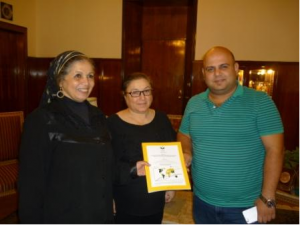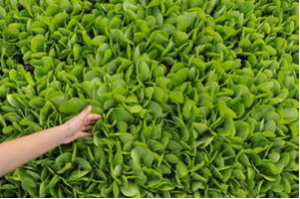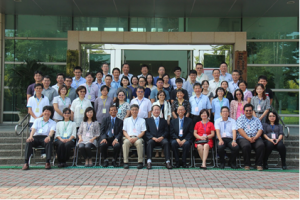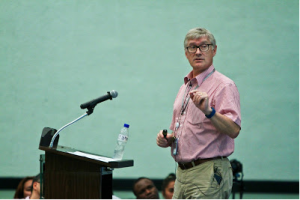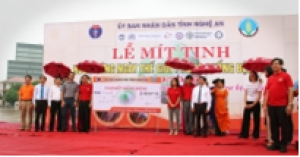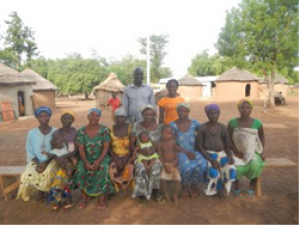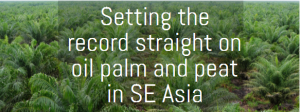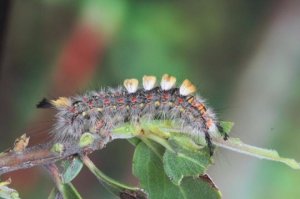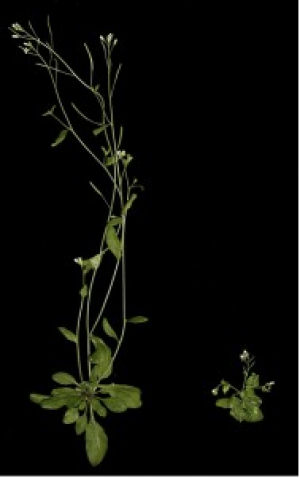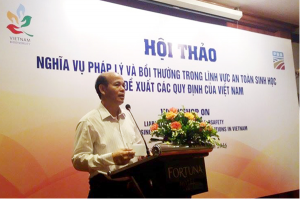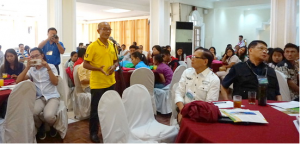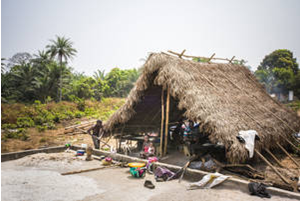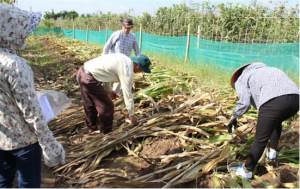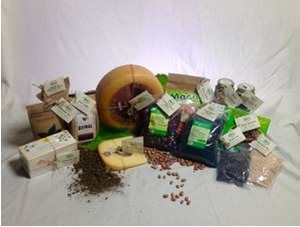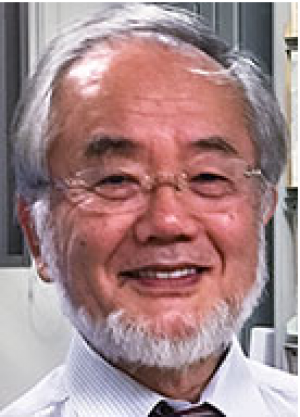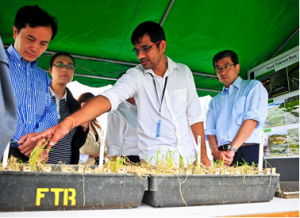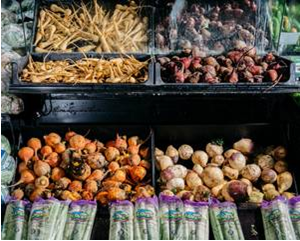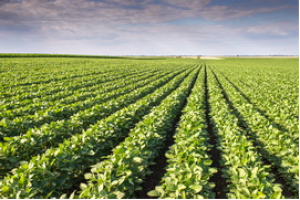|
Redesigning Genome May Turn Moss into a Biofactory of Medicines
Sunday, 2024/02/25 | 06:53:35
|
|
Figure: Photo Source: Britta RothGänger, Albert Ludwig University of Freiburg.
Experts from the Chinese Academy of Sciences and partners reported in Nature Plants about their breakthrough in developing the first artificial plant genome. To date, they have developed a partially synthetic version of the spreading earthmoss (Physcomitrium patens) chromosome. This big leap can turn the moss into a factory of medicines and other products.
Redesigning an organism's genome is vital in understanding which sequences are important and how their organization impacts gene functions. This technique can also add value to organisms by improving their traits for agriculture, industry, and medicine, among other applications.
The research team, referring to the project as SynMoss, initiated the redesigning of the genome with a portion of the short arm of chromosome 18, the smallest arm in the plant's 26-chromosome genome. Then, they trimmed the DNA, “cleaned” it by removing transposons, added markers to the altered arm, and made more tweaks. In the end, the portion of the DNA was shortened by 56%. The synthetic structure was then introduced into individual moss cells for growth.
The researchers have successfully utilized spreading earthmoss as a biofactory for valuable chemicals. Currently, a drug created from genetically modified versions of this moss is undergoing clinical trials, demonstrating the potential of this approach.
Find out more from Nature Plants and Science.
See https://www.isaaa.org/kc/cropbiotechupdate/article/default.asp?ID=20669 |
|
|
|
[ Other News ]___________________________________________________
|

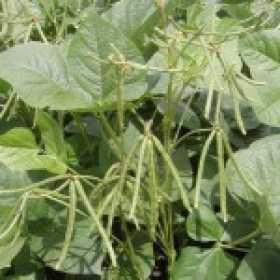
 Curently online :
Curently online :
 Total visitors :
Total visitors :
(275).png)
